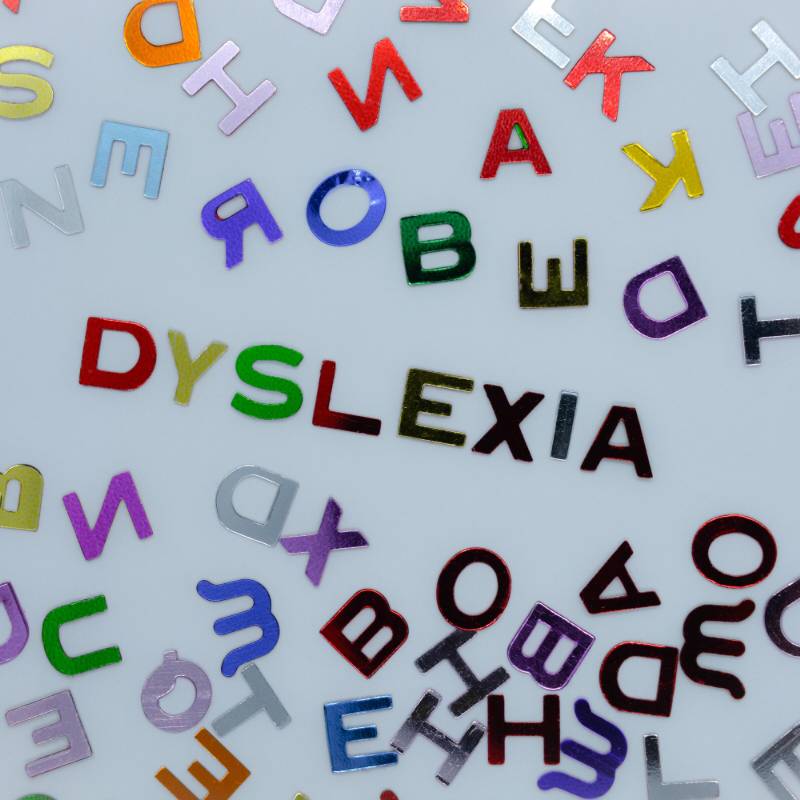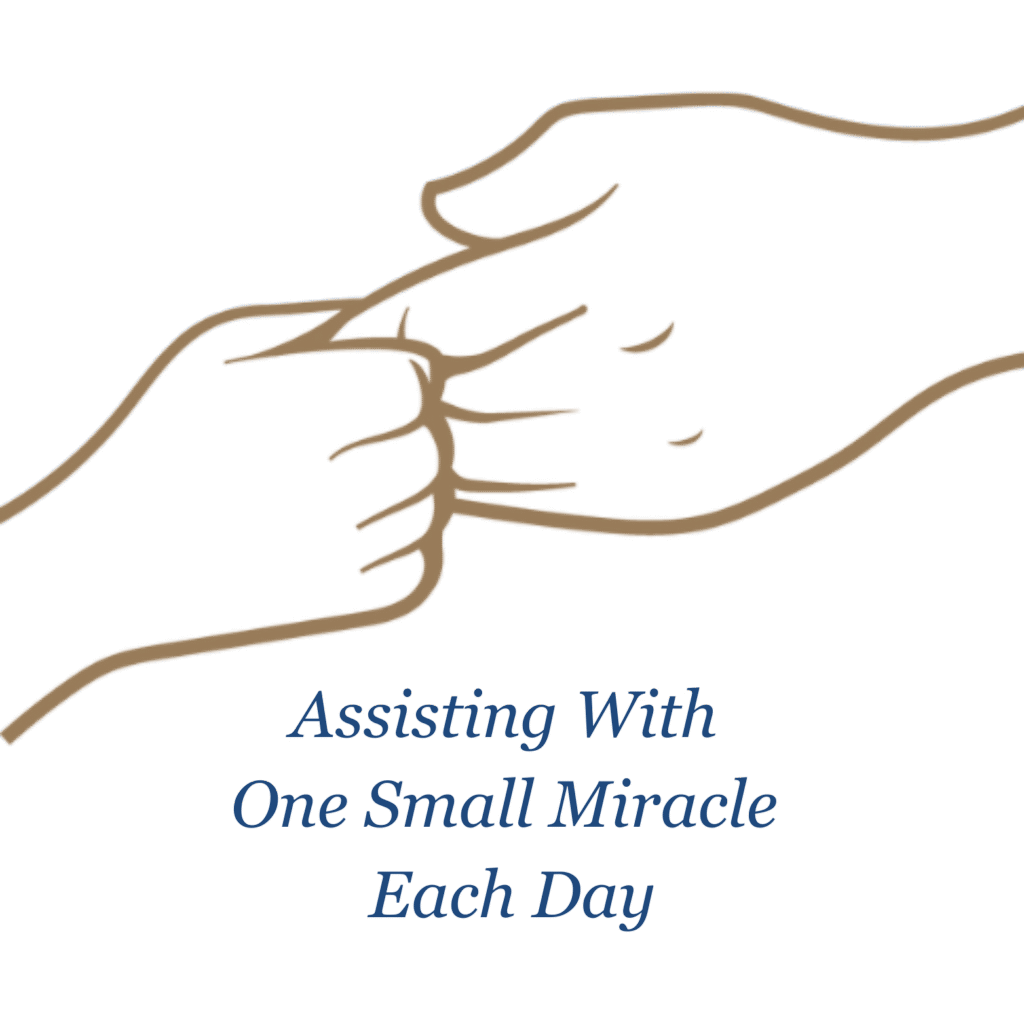The human brain has specific regions dedicated to discreet tasks associated with reading. Below the level of words, is the “language of sounds” that must be differentiated and manipulated in order to form words. English words are driven by 1100 combinations of 44 sounds. These sounds are called phonemes.
http://www.gse.harvard.edu/news/uk/16/06/fixing-failure-model
Sounds (phonemes) do not simply show up in a region of one’s brain, but are converted in the inner ear to miniscule electrical charges that travel down nerve fibers (neurons), each carrying a unique pattern.
These neurological patterns are eventually sorted – separated from each other into discrete sound units (individual phonemes) – and can be recombined into specific clusters (words). When enough neuroacoustic information becomes present to cross a threshold, subliminal binding takes place and the aware brain assumes what word is being processed. Eventually, the sounds become paired with visual symbols (letters). A different brain region is responsible for this aspect of reading.
Once a group of symbols (printed words) appropriately generates the corresponding sounds, the cluster of sounds elicits a word that, if not stored in semantic memory (vocabulary), will make no sense. Beyond just differentiating and organizing these sound units (phonemes) or corresponding letter combinations (graphemes), the ability to process these units in a timely manner is also a component of listening and reading. Typical human brains process 15 phonemes (sound bites) per second. Not all brains can manage the speed of sound equally well. The difficulties with managing words at the level of sounds and doing so in a timely manner is the cause of the vast majority of difficulties with reading. It is also linked to many children’s difficulties with attending. These symptom clusters (difficulty differentiating, segmenting, combining, and managing the speed of sound) are the core elements of what is termed “phonological dyslexia.”
There is another subtype of dyslexia termed “orthographic or surface dyslexia” that has little or nothing to do with phonological processing, but is related to the ability to remember what words “look like.” For example, if a child spells boat as “bote,” this is an error of visual judgement, not an error of understanding the sound structure of words/language. How then does one know if bote or boat is correct? In this pattern of reading challenges, it is not the sound structure, but the integrity of the visual memory system to quickly analyze parts, interpret a whole, and recognize errors.
This type of dyslexia also slows down reading speed because when moving from word to word, the recognition process is slowed by poor visual processing variables. When the rare occasion happens and children have both subtypes of dyslexia (orthographic and phonological), it is termed “mixed dyslexia.”






